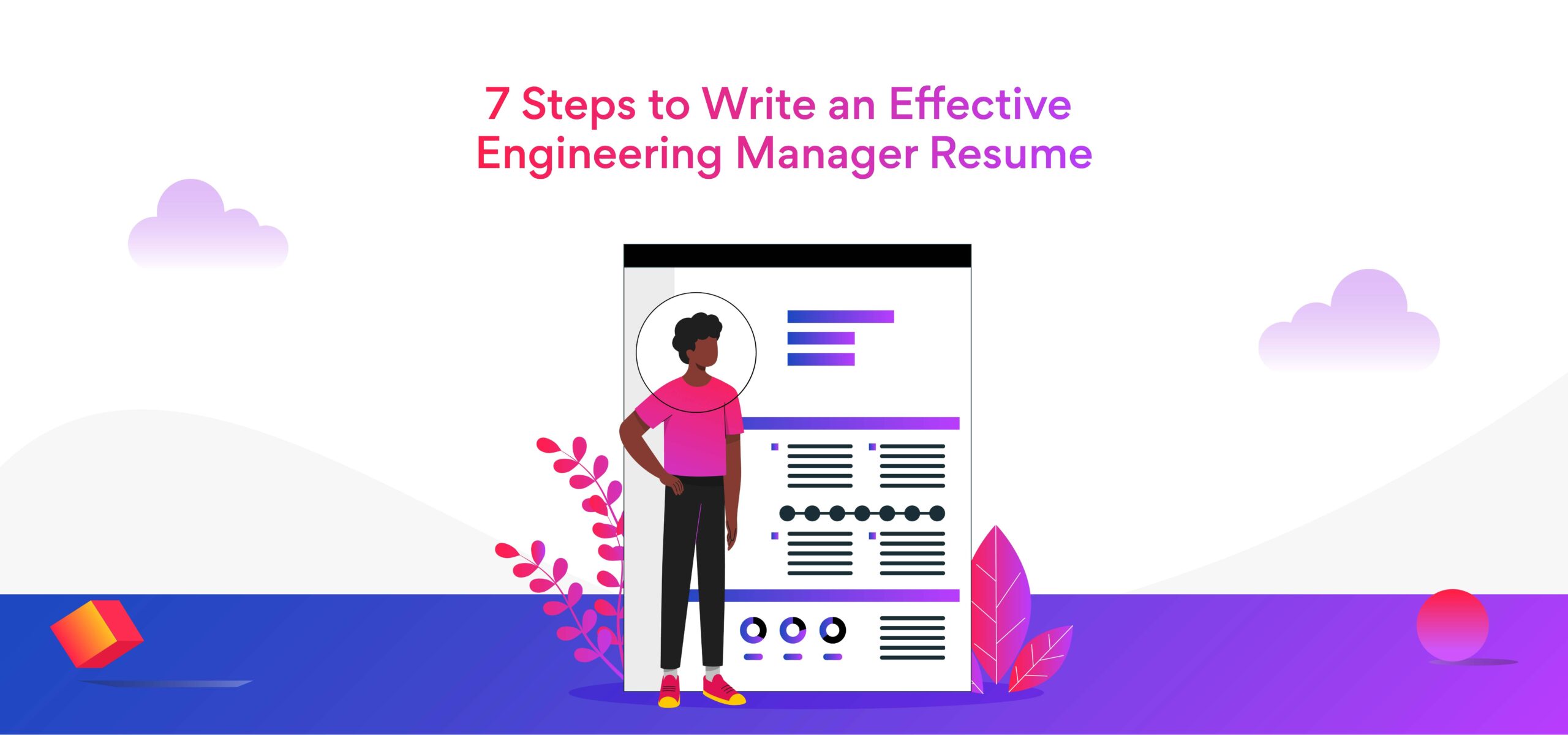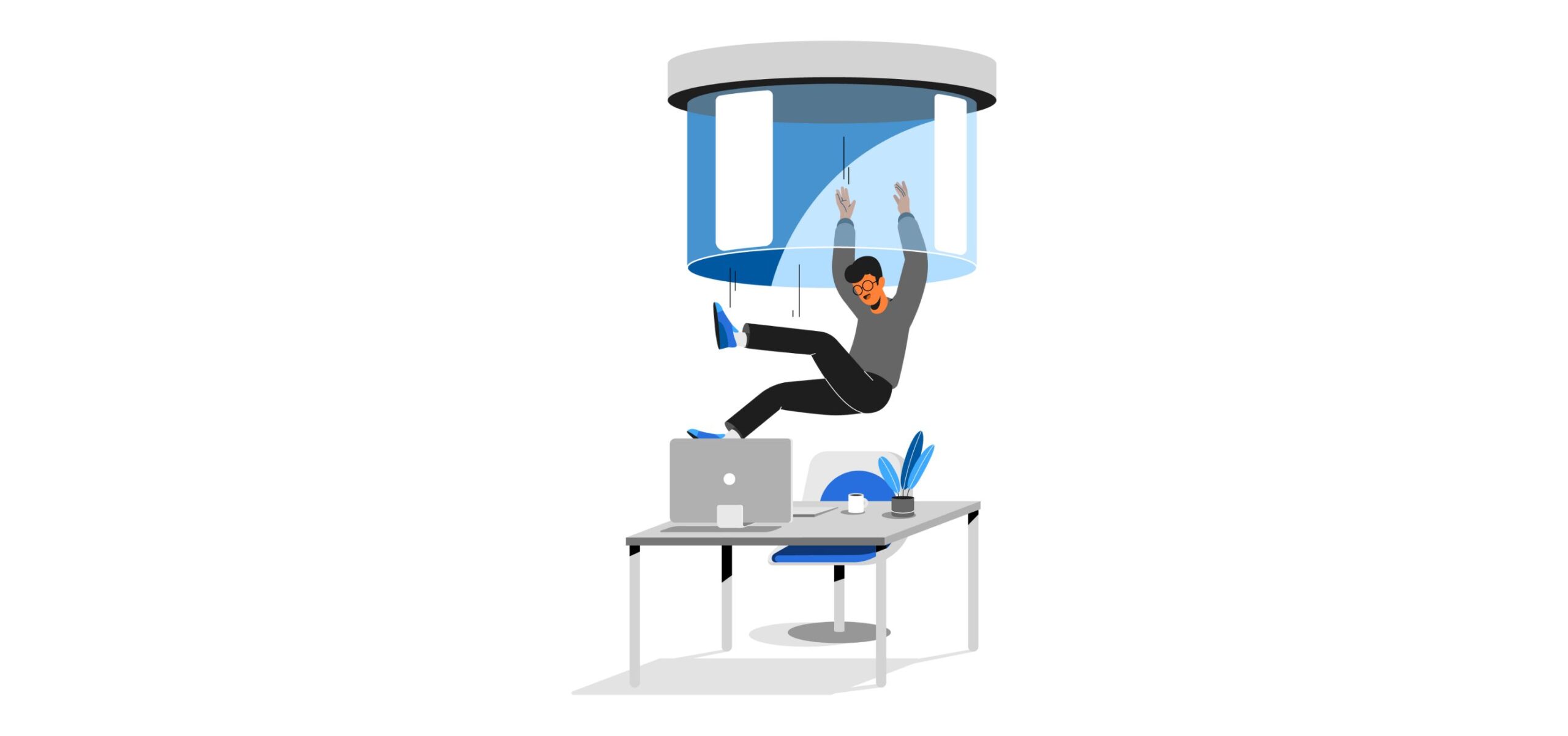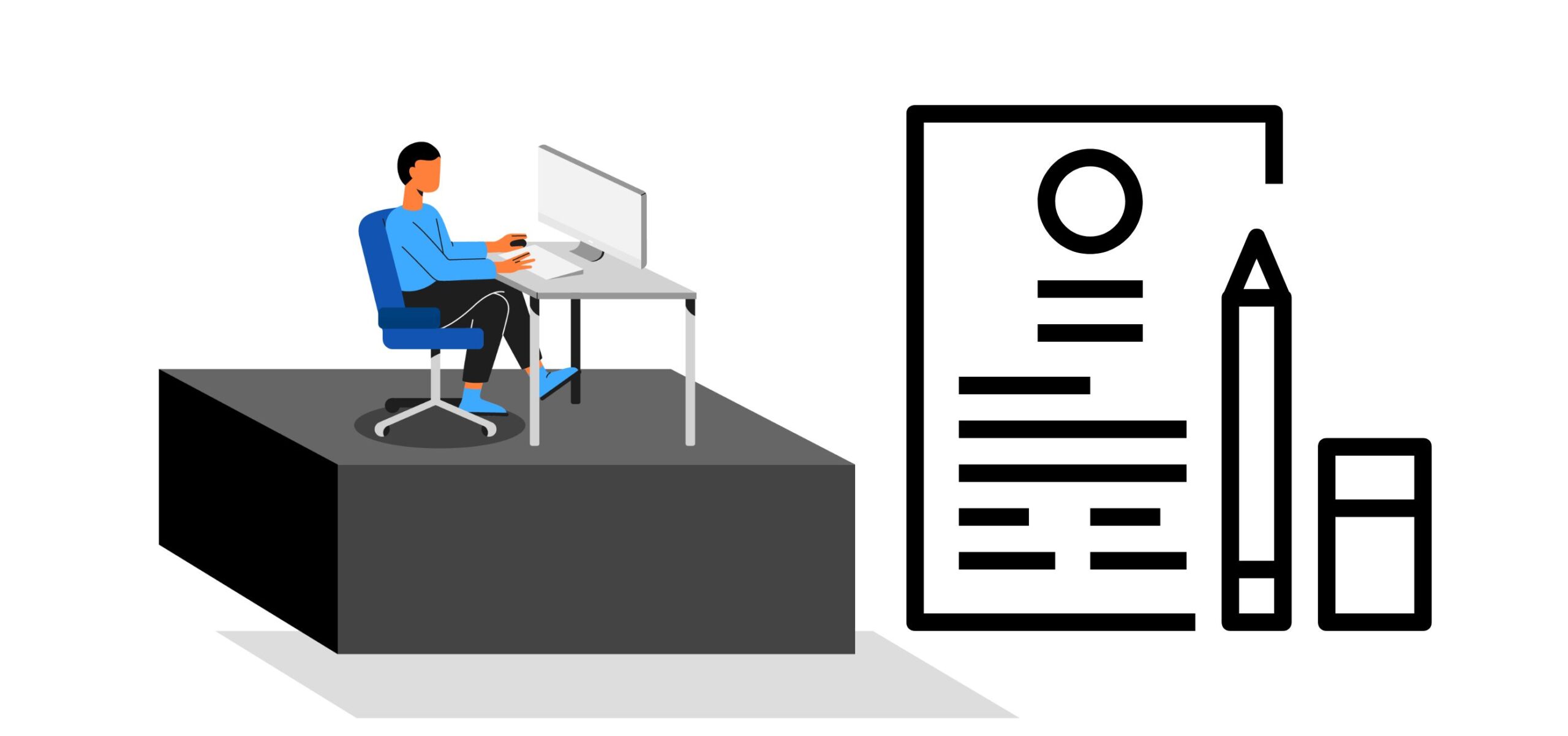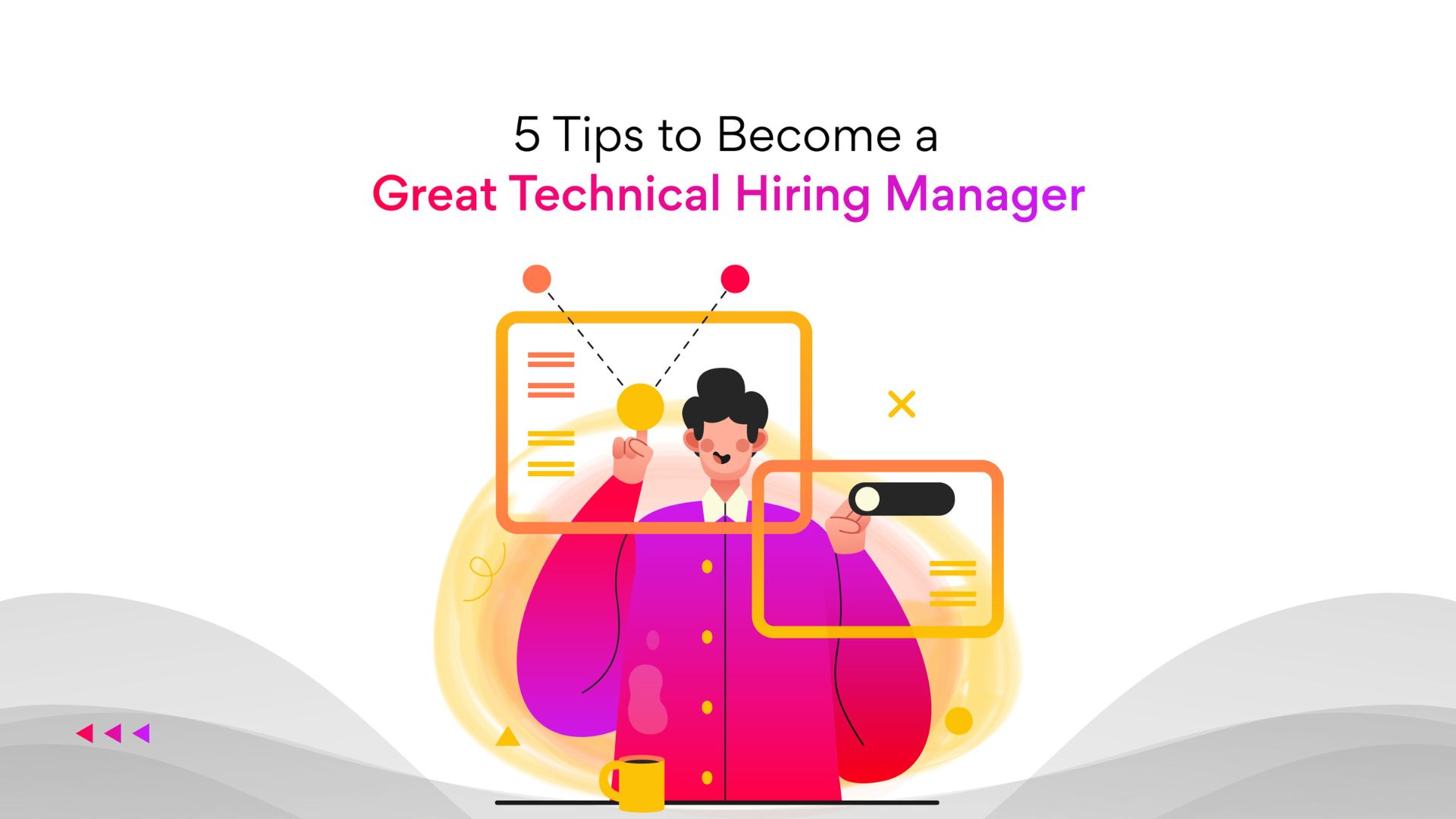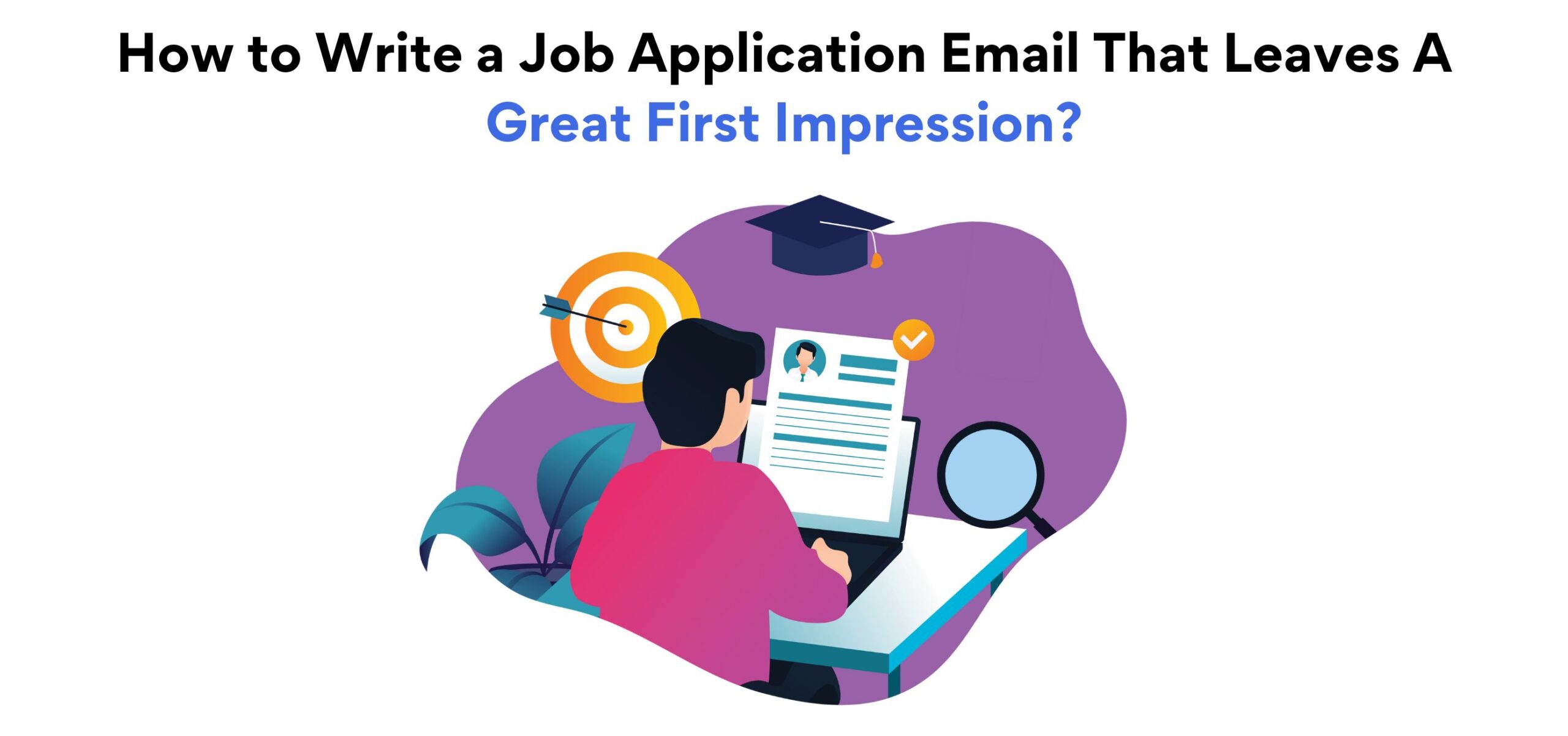7 Steps to Write an Effective Engineering Manager Resume
In this blog post, we explore the responsibilities of an engineering manager, why it’s important to write an effective engineering manager resume, the steps for writing one, and an actual sample resume.
Let’s get started.
What are the responsibilities of an engineering manager?
- An engineering manager puts into practice and improves development procedures.
- An engineering manager manages workers and assigns work to technical and engineering staff.
- An engineering manager oversees the work of teams developing new solutions, products, and procedures.
- An engineering manager oversees resource allocation and project logistics.
- An engineering manager secures the tools necessary for teams to succeed, including those for investigating and recommending capital investments.
- An engineering manager participates in cost management techniques and assists in developing and managing project budgets.
- An engineering manager ensures that procedures adhere to standards for quality and safety.
- An engineering manager collaborates with other departments and team leaders.
Why is it important to write an effective engineering manager resume?
Resumes are important because they are an essential tool within your job application. Here are a few more benefits of an effective resume:
- A strong resume captures the employer’s attention.
- Your resume highlights your qualifications and experience.
- Your CV conveys what value you can bring to an organization.
- An effective CV is likely to get you a job interview.
How to write an engineering manager resume?
There are a few common elements that any top engineering manager’s resume must have, regardless of where you will be working. For example,
- The resume header
- Profile or personal statement
- The employment history section
- The resume skills section
- The education section
Here are six steps to write an engineering manager’s resume using these elements:
- Choose a resume format that works best for you
Making a decision about the format that will best organize and show your professional information is the first step in drafting a successful resume.
There are a variety of resume styles available that can help you highlight different aspects of your experience, talents, or education; by selecting the one that works best for you, you can point the hiring manager toward the most crucial or remarkable details.
You can select one of these three standard resume formats:
- Functional: This resume style works by emphasizing your skills and competencies immediately following your resume aim.
- Chronological: This resume style allows you to emphasize how your experience and prior responsibilities make you the best applicant for the position by listing your experience in reverse chronological order.
- Combination: Combination resumes concentrate on abilities and work experience, and leave minimal space for other information, such as volunteer activity, educational background, or a resume summary.
- Ensure your resume is ATS-friendly
An ATS-friendly resume gets past applicant tracking systems easily.
So, make your resume ATS-friendly by using an easy-to-read resume structure, simple layouts and designs. Avoid using tables, photos, and other graphics. Add relevant keywords from the job description. Insert these keywords throughout as required but don’t over-stuff your resume with them.
Use standard headings and avoid complex formatting. Last but not least, make sure you check for the list of acceptable file formats before uploading your resume. If PDF is not an option, you can upload a .doc or .docx version of your file instead. - Draft a concise resume objective
Your resume’s objective introduces you and outlines your professional goals to the hiring committee. A well-formulated objective can immediately demonstrate why you are the most qualified applicant for the job.
So, write a brief resume objective that describes your main goal, who you are, and how you can benefit a prospective company. For example,
‘An engineering manager with five years of experience building solutions for the app development sector seeking a leadership role within a rapidly expanding company that prioritizes innovation and a positive work environment.’ - Create a distinguishable work experience section
Your work experience section is the most crucial part of your resume. This section enables you to highlight your prior jobs and the duties you oversaw.
Include your job title, the name of the company you worked for, its location, how long you were an employee there, and the responsibilities you shouldered in that job role under this section.
List all jobs in reverse chronological order, starting with your most recent or present position. When outlining your duties, it’s crucial to be succinct and forceful. If you are currently employed, describe your duties in the present tense, and former roles in the past tense. - Mention your graduate and postgraduate degrees
Your education can add great value to your resume.
Include your degree’s name, type, university name, and the dates you attended. You can also think about mentioning any honors, accolades, or awards you won while you were a student there.
Don’t mention all certificates, diplomas, and degrees. Only mention the ones that are most relevant to the job you are applying for. - Outline your skills and abilities
List the duties you oversaw in the job experience area only. In this section, emphasize technical abilities like equipment knowledge or programming language proficiency. Soft talents like leadership, teamwork, and communication are also acceptable.
Related post: Soft Skills Every Software Developer Needs - Carefully edit and proofread
A polished resume that is devoid of small mistakes shows the hiring committee that you pay attention to detail and are concerned about quality. So, carefully update and proofread your resume before submitting it. Spot areas where you can make improvements. In addition, ensure your resume is free from grammar or spelling errors.
You can also use an online resume-editing tool or ask your friends, relatives, or coworkers to review your resume for you. Plenty of online free grammar-checking tools are available to assist you in enhancing your clarity and avoiding grammatical and spelling errors. E.g. Grammarly.
Important points to remember while writing an engineering manager’s resume
- Obtain the hiring manager’s attention with an engaging and unique objective.
- Many hiring managers use automation to filter resumes. So, don’t forget keyword optimization in your resume content.
- Make use of an active voice to influence the hiring manager and convey your value effectively.
- Display your hard and soft skills with star ratings, bars, or other eye-catching elements.
Sample Resume
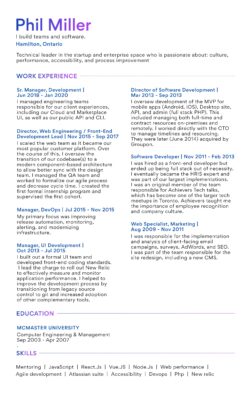
Engineering Manager Resume Sample
Summary
Resumes that land you a job effectively advertise you, and always pique the interest of hiring managers and recruiters. Also, use a unique cover letter to highlight your interest in the job role.
Keep in mind:
- The cover letter and resume should complement one another.
- Edit your cover letter and resume according to the job role.
- Maintain a resume format that is simple for machines and people to scan.
- Don’t forget to include your successes, achievements, and awards.
Didn’t get the specific answers you were looking for on this page? Head over to Turing’s Apply for Jobs page. There you can apply for the world’s best software engineering manager’s roles and learn more about resume building from industry experts.
Join a network of the world's best developers and get long-term remote software jobs with better compensation and career growth.
